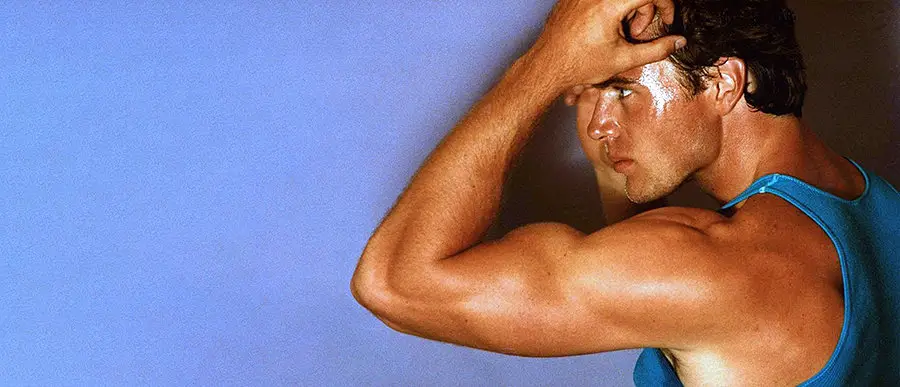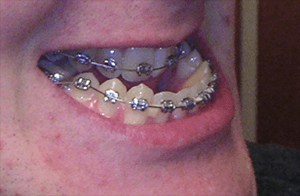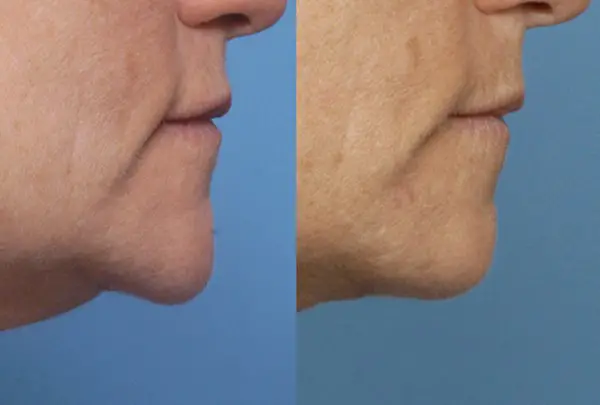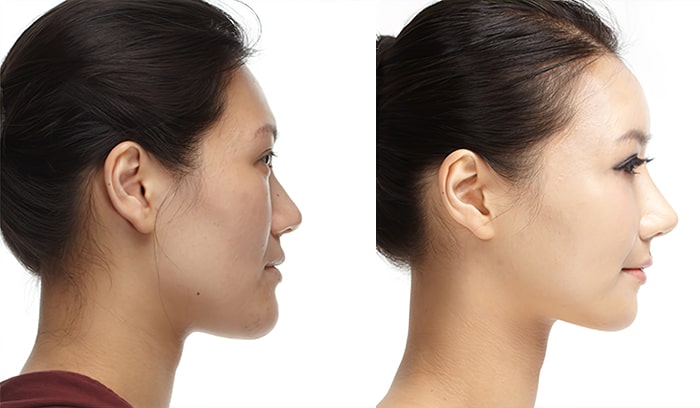
A protruding chin can have a big impact on the way your face looks. Figuring out what causes it and how to fix it can instantly help enhance your appearance.
Some ways to fix a protruding chin include chin ptosis correction surgery, chin reduction surgery, and more. In some cases, braces can correct a protruding chin. However, it will significantly depend on what caused the protruding chin.
What Causes a Protruding Chin?
Genes
The most likely reason why your chin protrudes is that you inherited it. One or both of your parents might have had a protruding chin.
Improper Jaw Alignment
If your jaw is not aligned correctly, it can make your lower chin protrude. Causes of improper jaw alignment include poor jaw development, trauma, etc.
Habits and Childlike Behavior
Certain habits can give you have a protruding jaw and chin. Many of these habits develop in children. Children have more malleable bones, which makes them more likely to get a protruding chin.
For instance, childhood behaviors like using a bottle/pacifier for a long time can make your chin protrude. Tongue thrusting against the teeth along with thumb sucking can also lead to an underbite.
An underbite emphasizes the size of your chin and jaw.

Medical Conditions
An underlying condition can make your chin bigger in rare cases. For example, acromegaly is a rare hormonal condition caused by the production of too much of a growth hormone in your body. The extra growth hormone makes your soft tissue and bones grow larger than usual, including your chin.
Another rare inherited condition that can cause a protruding jaw is basal cell nevus syndrome. The syndrome refers to irregularities caused by a rare genetic condition. Since the condition also affects the bones, one of the condition’s symptoms is a protruding jaw.
Chin Ptosis
Chin ptosis is when the front of your chin’s soft tissues move downward, emphasizing the chin’s size. It often occurs after removing a chin implant. However, it can happen to anyone because of the aging process. People lose elastin, collagen, etc., as they age, and the fat and chin pad usually shift downward, creating a drooping and protruding chin.
How to Fix a Protruding Chin
Ideally, it would be best to speak to an orthodontist or surgeon to learn how you can fix your protruding jaw. Here are common ways you can correct a protruding chin.
Braces
Some people may have a misaligned jaw, which makes their chin look more prominent and protruding. An underbite is an example of jaw misalignment that can make your lower jaw and chin project forward.

An underbite is when your bottom teeth are in front of your front teeth. It is very common to see people with underbites who have prominent chins and jaws. It usually comes from an undeveloped upper jaw, overgrown lower jaw, or both.
A common way to fix it is to wear braces. Each time braces get tightened, they realign your jaw and teeth. The gradual realignment encourages your lower jaw to move backward to reduce your overbite and protruding chin. However, if you’re an adult, your jawbones won’t move without surgery, so braces will only fix certain mild cases.
If you want a more discreet option than braces, you can opt for Invisalign. Invisalign consists of different clear trays that look similar to mouth guards for a specific amount of time. However, you may not be a candidate for Invisalign if you have a severe misalignment case. In some more complicated cases, an orthodontist may suggest surgery. You may have to wear braces before and after surgery to retain the proper jaw alignment.
Chin Ptosis Correction Surgery
If you have chin ptosis, a plastic surgeon will have to assess your case. There are different techniques available to correct the condition. Some things your surgeon will look at include:
- The chin’s shape
- The chin’s vertical height
- The chin pad’s thickness
- If they have to perform bone reduction
- The inclination of your lower lip relative to your labiomental fold
- The labiomental fold’s height

Typically, the procedures will involve removing sagging soft tissue and muscle tightening surgery. In many cases, they may perform surgery to resuspend intraoral muscles surrounding the mouth and chin.
- Mentoplasty
Mentoplasty is a common procedure to correct chin ptosis. The surgery will resuspend the mentalis muscles along with other muscles to correct a droopy and protruding chin. Most patients get this procedure, along with soft tissue excision. - Muscle Tightening
Your mentalis muscles, which control the central lower lip movements, look saggy because of the aging process or excessively stretched. Muscle tightening can restore the muscle firmness to support the chin’s soft tissue. - Tissue Excision
Soft tissue is any body tissue that is not calcified or hardened, such as the muscle tissues, tendons, fat, and skin. Tissue excision is a common way to remove soft tissue in the mouth and chin area to fix chin ptosis. Some patients with chin ptosis have a deep submental crease. A surgeon may also perform tissue excision to remove the tissue creating the crease.
Sliding Genioplasty
This procedure is a common way to correct a chin that is too long or pushed forward. It can either augment or reduce the chin’s size. A surgeon will use a saw to cut your chin bone off to perform the procedure to correct the chin. They will then slide the chin bone forward to reposition the chin.
A surgeon may also reshape or slide one of the chin’s sides to correct asymmetry. In some instances, a surgeon may also remove parts of the chin bone. The surgeon will use surgical screws and a metal plate to reattach the chin bone. For some patients, surgeons may use biodegradable screws and plates. That way, the person will not feel the screws under their skin.
Your face may look fully healed after a few weeks. However, it typically takes about three months to recover fully.
Chin Reduction Surgery
Chin reduction surgery can help you reduce your chin’s size to enhance your facial harmony. To perform the procedure, a surgeon will make an incision underneath the chin or inside the mouth along your bottom lip. The surgeon will then separate the skin from the chin bone.

The surgeon will remove excess tissue and bone from the chin as needed. Typically, a surgeon will usually shave down the chin to achieve your desired result. If needed, a surgeon may also reposition the chin’s tip and secure it with metal plates and screws to make it less pronounced.
The surgeon will then use sutures to close the incision. If you got incisions inside your mouth, you would not get visible scars. However, you will have minimal scarring if the incisions were under your chin. The entire surgery typically takes one hour to complete.
Patients may experience moderate pain for a few days after surgery. Some patients may experience numbness in the chin and lower lip because there will be minimal nerve damage.
You may also have swelling for a few weeks until you completely heal. You will also have to avoid strenuous activity for around six weeks or until you fully recover. Most patients will fully recover 6-8 weeks after the procedure, but it depends on your case.
Typically, people who are fully grown and healthy can get chin reduction surgery. People with periodontal disease may not be eligible for the procedure.


